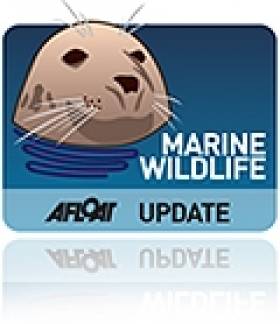Displaying items by tag: Féile na Bealtaine
Dingle's Fungie May Have Come From British Dolphinarium
#Fungie - An Irish marine expert suspects that Dingle's most famous resident may be an escapee from a British dolphinarium.
Dingle Oceanworld director Kevin Flannery told the Irish Independent that Fungie the dolphin could have slipped through the sluice gates of any one of a number of dolphinariums on the south coast of England amid "huge objections to holding marine animals in captivity".
As previously reported on Afloat.ie, the male bottlenose dolphin appeared out of nowhere in Dingle's harbour in 1983 and has made his home there ever since.
In the three decades from then he has been credited with having "rescued" the village as his frolics brings countless tourists to the peninsula every year, as Flannery told the Irish Examiner.
This week's Féile na Bealtaine in Dingle celebrates the 30th anniversary of the arrival of the Kerry village's cetacean mascot, and many visitors are expected to line up for boat trips out of the harbour to meet him face to face.
While the Irish Whale and Dolphin Group (IWDG) doesn't recommend swimming with a wild dolphin such as Fungie, the group's Nick Massett describes him as "friendly, intelligent, and very aware of where people [are] in the water".
Among the festival activities this week will be a film screening and exhibits paying tribute to Ireland's own 'Flipper'.
Féile na Bealtaine runs from 2-6 May with events throughout the Dingle Peninsula.






























































